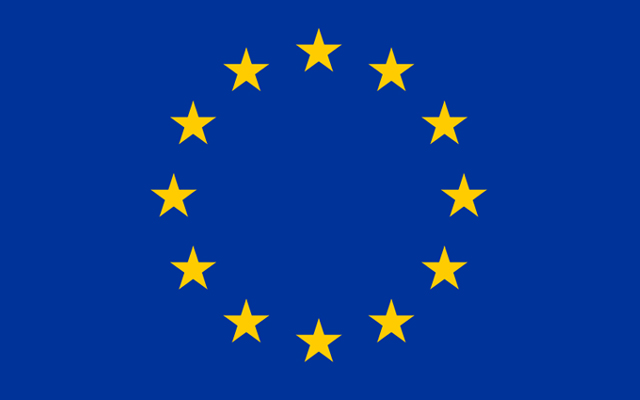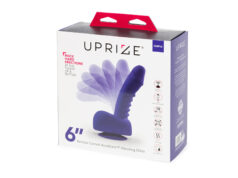A new Directive set to be introduced by the European Parliament will force manufacturers of ‘small’ electrical items – including sex toys – to estimate how many hours of use individual products will deliver during their lifetime. The worst performers will be subjected to a new ‘green’ tax which is designed to cover the cost of their recycling. Retailers will be responsible for confirming the manufacturers’ figures, by surveying purchasers on a regular basis.
The Small Electrical Consumer Appliance (SECA) Directive will complement the existing Waste Electrical and Electronic Equipment (WEEE) Directive, which came into European Law in 2003. It has been specifically designed to encompass small electrical items which use a high amount of power during a short period, such as hair straighteners/dryers, kettles, toasters, coffee makers, and fan heaters, but experts say that sex toys will also fall under its remit.
Products which have an estimated lifespan of less than 2,000 hours (slightly less than three months of uninterrupted use) will be subject to the highest tax band, while products which can run constantly for more than 20,000 hours (around 27 months) will be exempt. Between the two figures there are three other tax bands and, like current UK vehicle carbon dioxide (CO2) emissions, the less ‘green’ the item, the more tax the user will pay. Unlike the vehicle CO2 emissions surcharge, which is payable every year, the SECA tax will be incorporated into the retail price.
Under SECA, the worst performing products will see their retail price increase by 25%. While no one is expected to welcome this, it is retailers who will suffer the most inconvenience once the Directive becomes law. Store owners will be obliged to keep records of all small electrical items they sell and contact a sample number of purchasers on a regular basis to monitor the performance of the item and confirm its useful life is in accordance with the manufacturer’s claims.
It is anticipated that this contact will be electronic, consisting of an email survey every three months. The required sample size is also quite modest (10%) so retailers will only need one in ten purchasers to respond to their regular email checks. The email survey is expected to include around five questions, with wording stipulated by the EU. Retailers will simply need to collate the replies and forward the results to a central point of contact. They will also be required to maintain all the original records securely on a secondary form of storage such as an external hard drive, memory card, or the cloud.
The SECA Directive is expected to become European Law from April 1st 2017.
Edit: Since this piece was published, the ETO phones have been lit up with callers suggesting that our story was a particularly tedious April Fool prank. They are, of course, correct.




![20 years of ETO: Harmony, Charing Cross Road, London [reprinted from issue 1, July 2003]](https://www.erotictradeonly.com/wp-content/uploads/2023/08/NEWS_20YEARS_HARMONY_ISSUE1-238x178.jpg)











